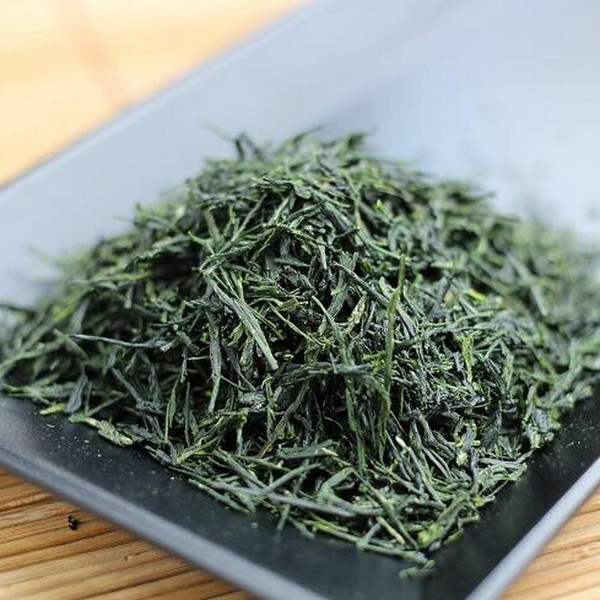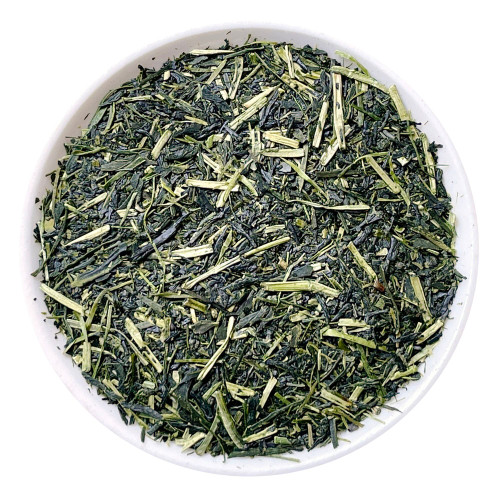Product Overview
The name gyokuro translates as jade dew and is a reference to the fine pale green color of the liquor. Gyokuro undergoes a growing process that is unique and differs from most other tea growing. During growth, the tea plants are shaded for about 20 days prior to harvesting that typically occurs in May of each year. High-quality tea such as this Yame Gyokuro is normally shaded using traditional shades made out of bamboo that cover the tea plants from up to 90% of the sun. The covering of the tea forces the tea plants to slow the rate of photosynthesis, leading to higher levels of theanine. This change in the chemistry of the leaves creates a much sweeter, mellower taste with a bolder character that is grassy and rich in umami flavors. The covering of the tea also creates a uniquely rich aroma that gyokuro is known for. This process is similar to kabusecha, however, kabusecha is normally shaded for a shorter period of time.
The tea-producing area of Yame, in Fukuoka (northern Kyushu), produces more than 50% of all Gyokuro in Japan. It is the home Of the best Gyokuro In Japan. It is now one of the few traditional produce of Japan that have been granted the Geographical Indication label.
Yame Gyokuro is a fine Japanese green tea from Yame, Fukuoka Prefecture in the northern part of Japan’s Kyushu Island. Yame Gyokuro is also known as Yamecha in Japan and is one of the most popular and recognized types of tea. It is made from an unusual Asatsuyu tea cultivar that is known for producing flavorsome and aromatic teas with plenty of sweetness and lower astringency. Our Yame Gyokuro is from the first flush harvest, has been deep steamed and is more roasted than usual.
This Yame Gyokuro is made from the leaves of Asatsuyu tea cultivar plants. It is an unusual cultivar that is relatively rare due to being harder to grow and producing lower yields when compared to other Japanese cultivars. It is, however, unique in producing a particularly flavorsome and aromatic tea, resulting in the moniker – ‘natural gyokuro’. It is said that even without shading, this cultivar produces teas that have a gyokuro-like quality. In our case, the tea was still shaded to produce a true gyokuro.
We selected this Gyokuro from the village of Hoshino, in the district of Yame. The fine dark leaves produce an opaque green liquor with a savory aroma. The rich taste has creamy umami flavors with notes of herbs and fresh green vegetables. Refreshing sweet aroma and taste, smooth silky mouthfeel and richness that reached perfection.
Brewing Guide: you can cold brew Gyokuro with ice. It's a rather long process but fail-free and an incredibly refreshing way to enjoy the beverage. Add 90 to 150g of pure ice into a teapot with 8 to 10g of Gyokuro in it, let it rest overnight in your fridge. You can also let the ice melt at room temperature, it will be faster, but it will still need a couple of hours.

























